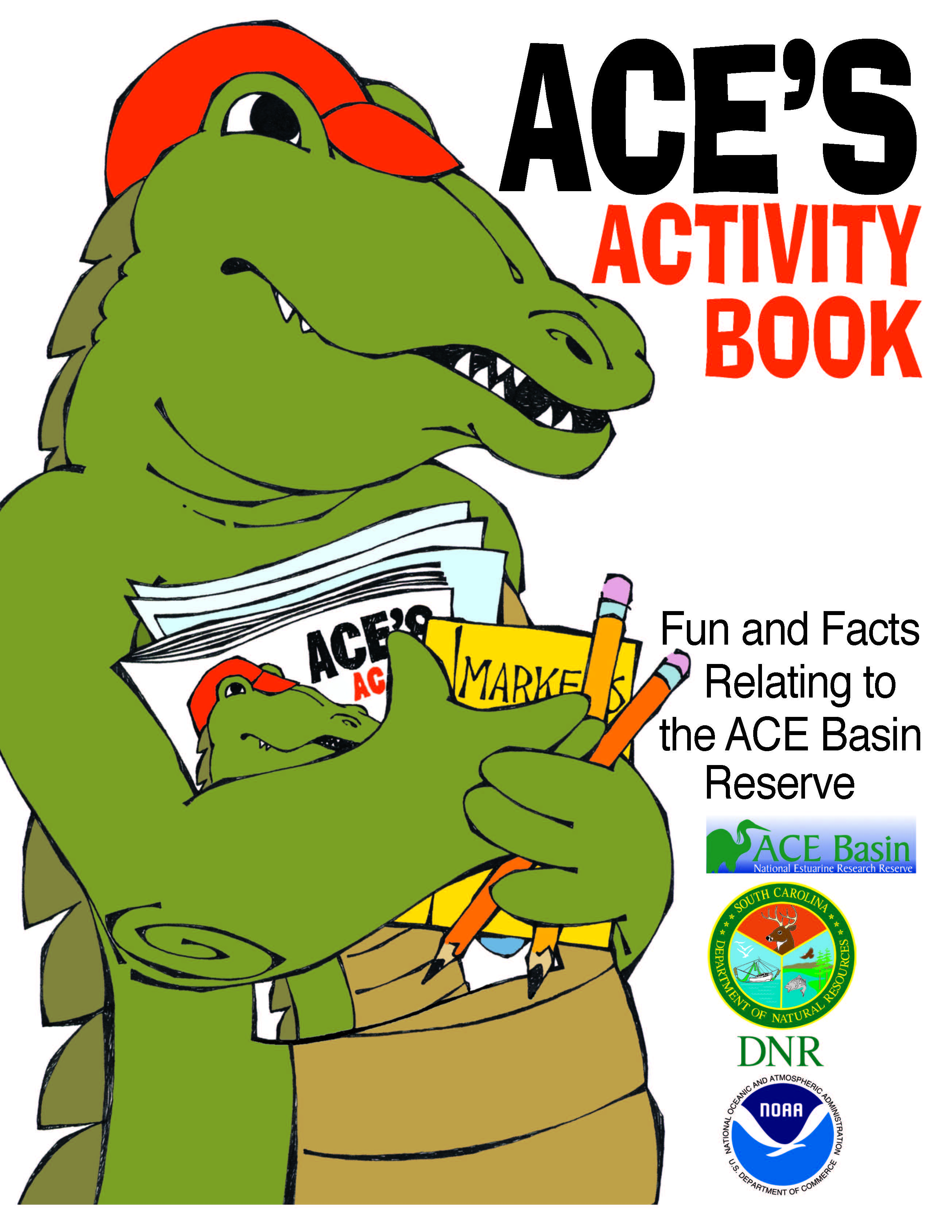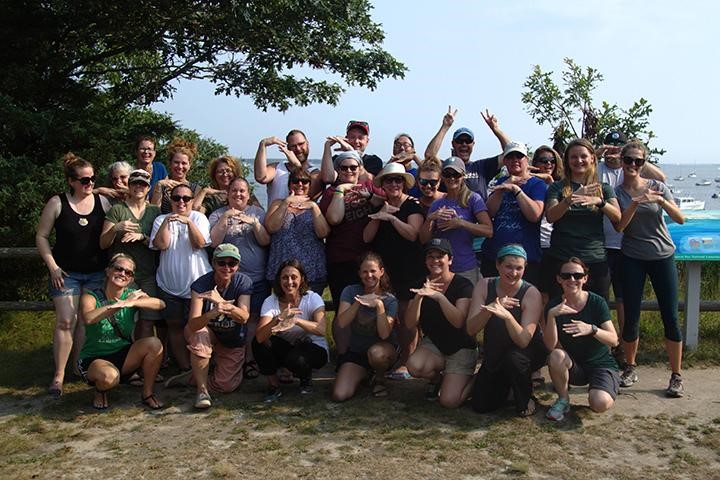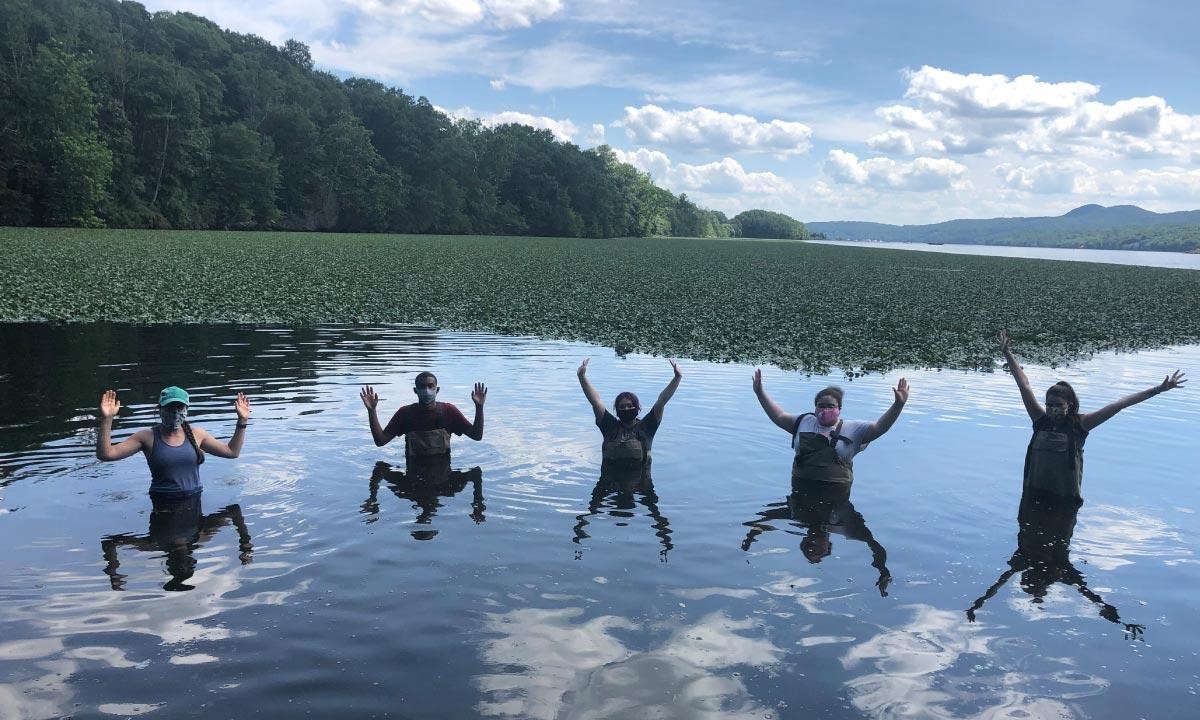Environmental Educators Tailor Lessons to Diverse Student Needs
The Takeaway: Students of the coast love to learn when educators reach them where they are—whether that’s online, in the field, or through the wisdom of their own culture and stewardship traditions.
Outstanding educators know that students are not interchangeable—individual learners come with distinctive needs and worldviews that influence how deeply they will understand and apply the lesson. Environmental educators from the 29 national estuarine research reserves and partner programs take this credo to heart, customizing their efforts to leave an indelible impression on coastal learners who bring a wide variety of perspectives. Many organizations come together to make these programs and events possible.

Bringing the estuary to homebound viewers
When the COVID-19 pandemic shut down school facilities and much of the nation, environmental educators across 29 research reserves produced virtual walkabouts, activity books, and more to make nature come alive for homebound teachers, students, and families. Students online are able to “tour” these living laboratories in 22 states and Puerto Rico. Teachers and community members enduring many months of “cabin fever” have expressed their deep appreciation for these offerings.
Opening up access to the Deaf community

In the U.S., 15 percent of the general population pursue careers in science, technology, engineering, or mathematics, but only 0.2 percent of Deaf or hard-of-hearing people do the same. One reason: until recently, American Sign Language had no signs for “estuary,” “watershed,” or other coastal terms.
Now roadblocks are being cleared away with the help of Deaf subject matter experts and specialists, plus educators at the Narragansett, Waquoit Bay, and Wells National Estuarine Research Reserves. The partners continue to add American Sign Language products and services that include signage at the reserves, online videos and modules, Teachers on the Estuary workshops, and the addition of Deaf scientists and sign language interpreters at meetings and virtual discussions.
Promoting indigenous wisdom and student engagement
Community pride and the centuries-old knowledge of Native Hawaiians are at the heart of a K-12 educational initiative in the Heʻeia community on the island of Oahu. Meaningful Watershed Educational Experiences is part of NOAA’s Bay Watershed Education and Training program.
Students who face educational challenges become excited and engaged when they can learn outside, in a living laboratory. They help tend taro patches, pull out invasive plants, and test water quality. Along the way, they learn how a healthy watershed replenishes natural resources, and how scientists and other experts are working to restore fishpond health. Through these and other stewardship projects over a two-year period, the Bay Watershed Education and Training program has reached 7,527 students, 5,371 teachers, and 1,600 community members.
Studying wonders close to home
Every year in New York State, students and educators fan out over 150-plus miles of estuary at 90 beaches, parks, and city piers during “A Day in the Life of the Hudson and Harbor.” Many urban students have their first in-depth experience of the Hudson River, and some go on to pursue estuary-related college courses and careers. Since 2003, some 50,000 K-12 students and chaperones have recorded what they see, smell, and feel. Their discoveries enrich existing data sets and other educational resources. The Hudson River Research Reserve joins many partners to support this effort.

Over the past 25 years, thousands of Maryland fourth graders have learned about local environmental stewardship at the Chesapeake Bay Research Reserve’s 6,000-acre classroom and living laboratory. A newer estuary education program now also reaches 600 fifth, seventh, and ninth graders yearly, deepening earlier insights through fieldwork, data analysis, and stewardship projects. Storytelling by area farmers, watermen, and scientists highlights for older students how intensifying local hazards could affect their culture and economy. Students also are taught resilience strategies that can help protect the community’s future. Maryland’s Chesapeake and Coastal Service aids the effort.
To learn more about environmental education efforts at the research reserves, view this page or email coastal.info@noaa.gov. (2021)
Partners: Boston University Graduate Program in Deaf Education; Broward College; Chesapeake Bay Trust; Community Foundation of the Eastern Shore; Florida Atlantic University; Governor Baxter School for the Deaf; Horace Mann School for the Deaf; Lamont-Doherty Earth Observatory; Maryland Department of Health and Mental Hygiene; Maryland Department of Natural Resources’ Chesapeake and Coastal Service and Wildlife and Heritage Service; National Marine Sanctuary Foundation; National Park Service; New York State Department of Environmental Conservation’s Hudson River Estuary Program; North American Association for Environmental Education; READS Collaborative; Rhode Island School for the Deaf; Somerset County School District; The Learning Center for the Deaf’s Center for Research and Training and Marie Philip School; NOAA’s Bay Watershed Education and Training program in the Office of Education, Digital Coast, National Coastal Zone Management Office, National Estuarine Research Reserve System, and Office for Coastal Management; and the ACE Basin, Chesapeake Bay-Maryland, Chesapeake Bay-Virginia, Elkhorn Slough, Hudson River, Jacques Cousteau, Narragansett Bay, Rookery Bay, Waquoit Bay, and Wells National Estuarine Research Reserves
PRINT